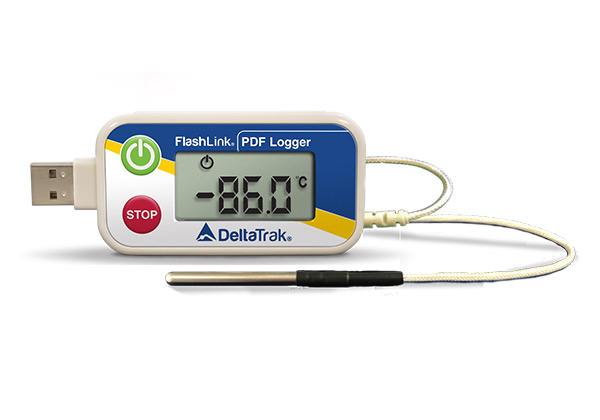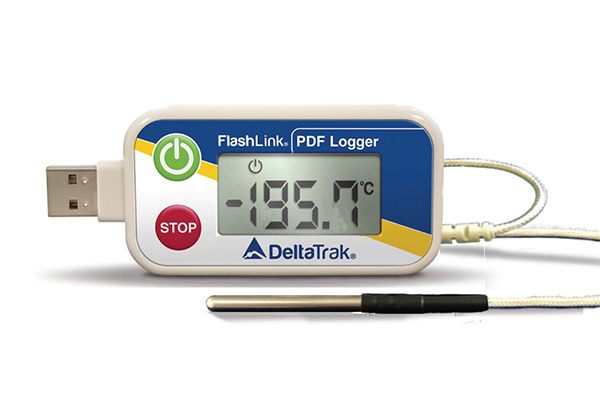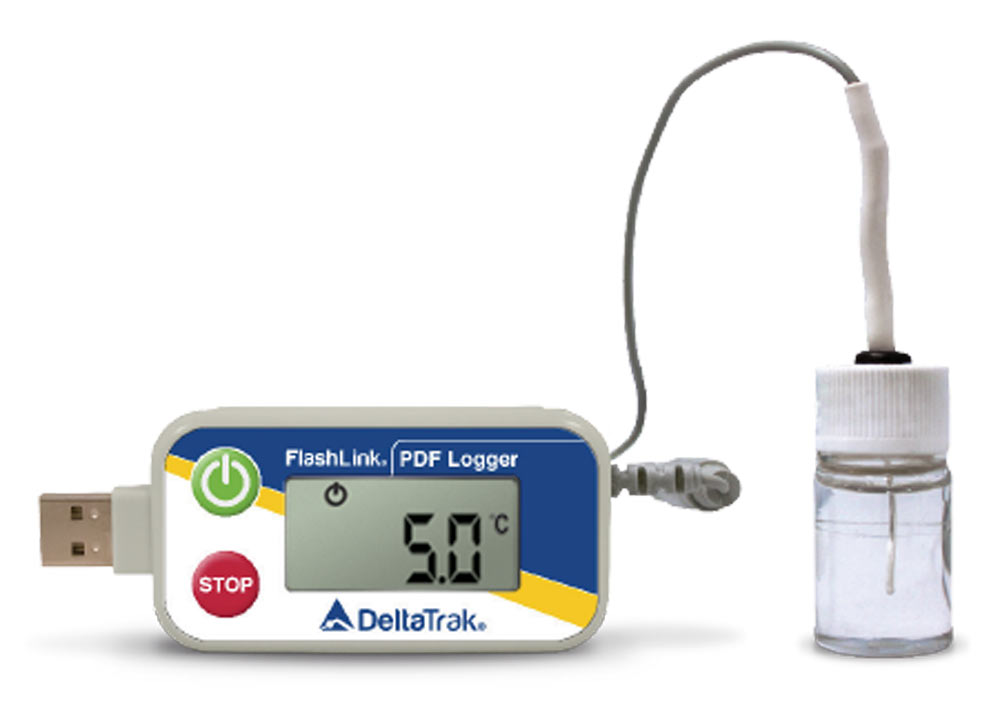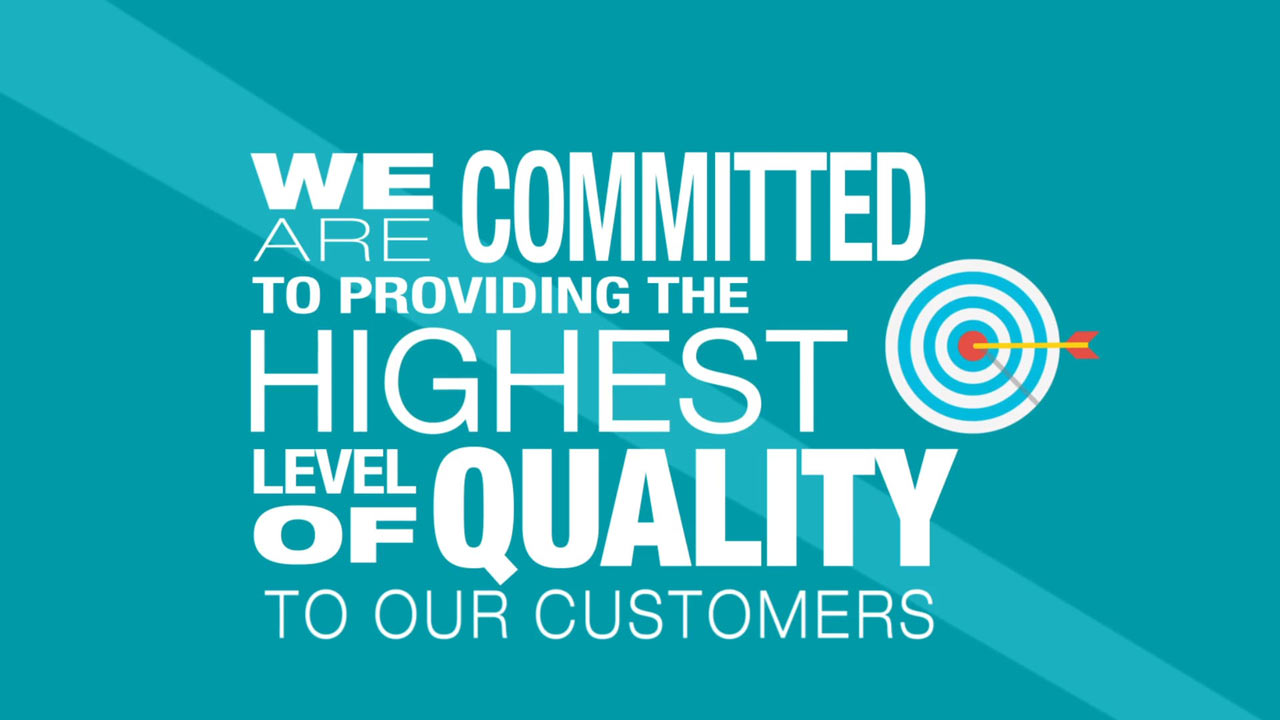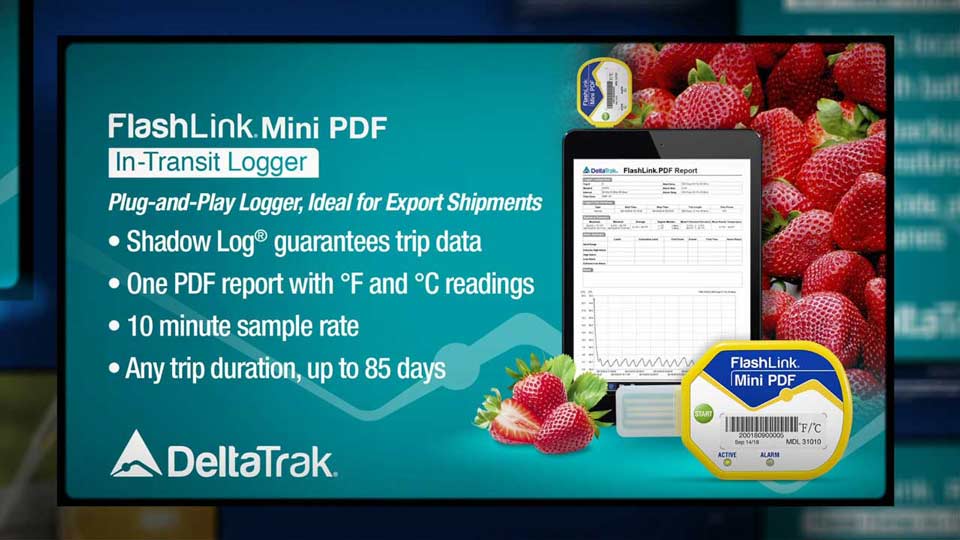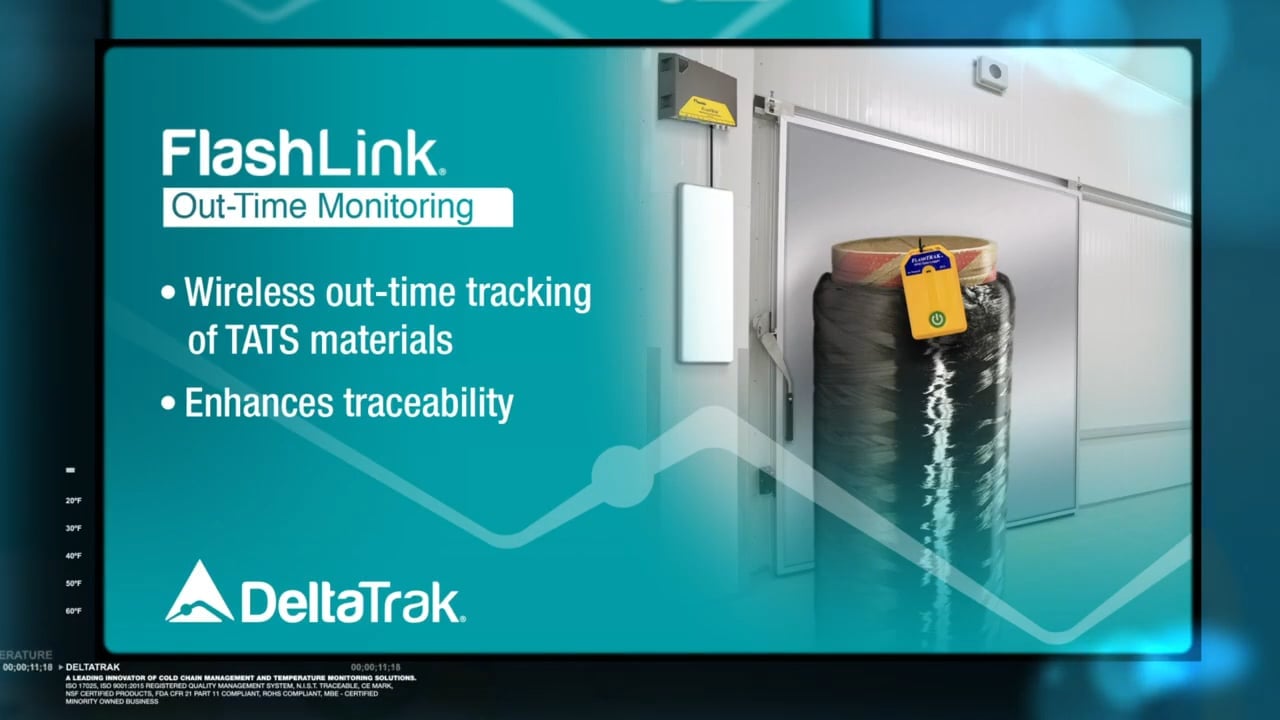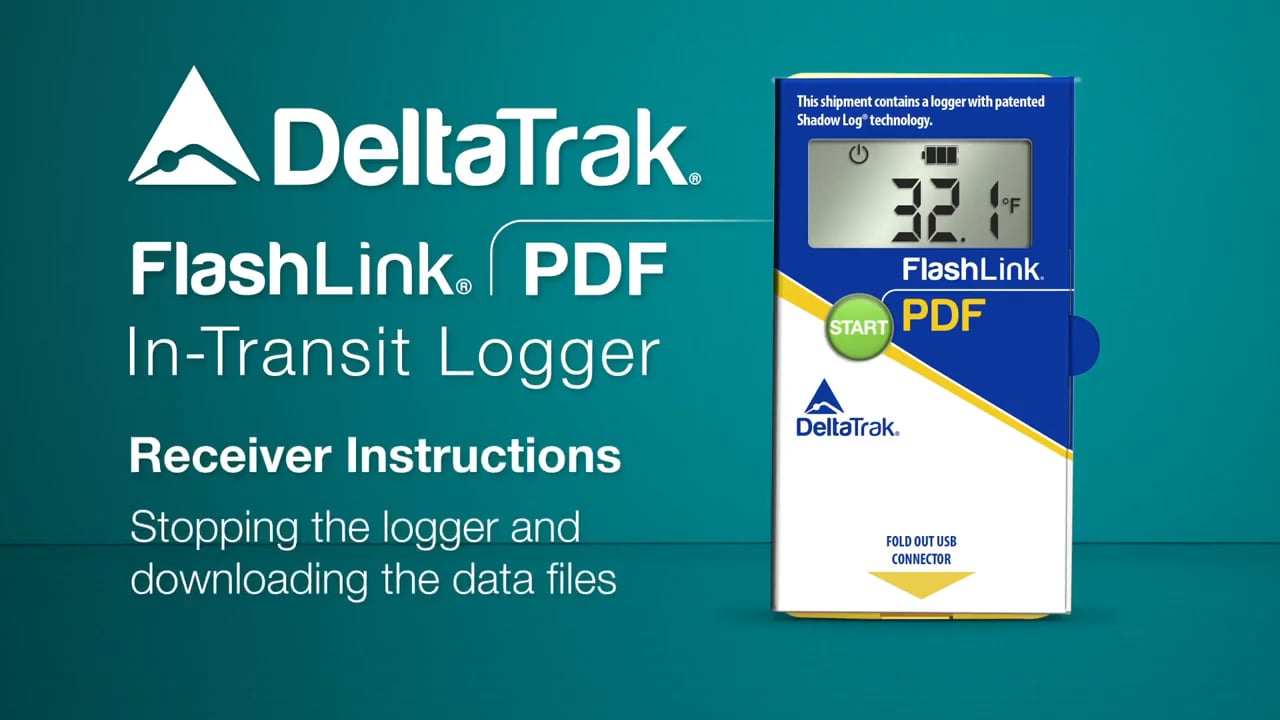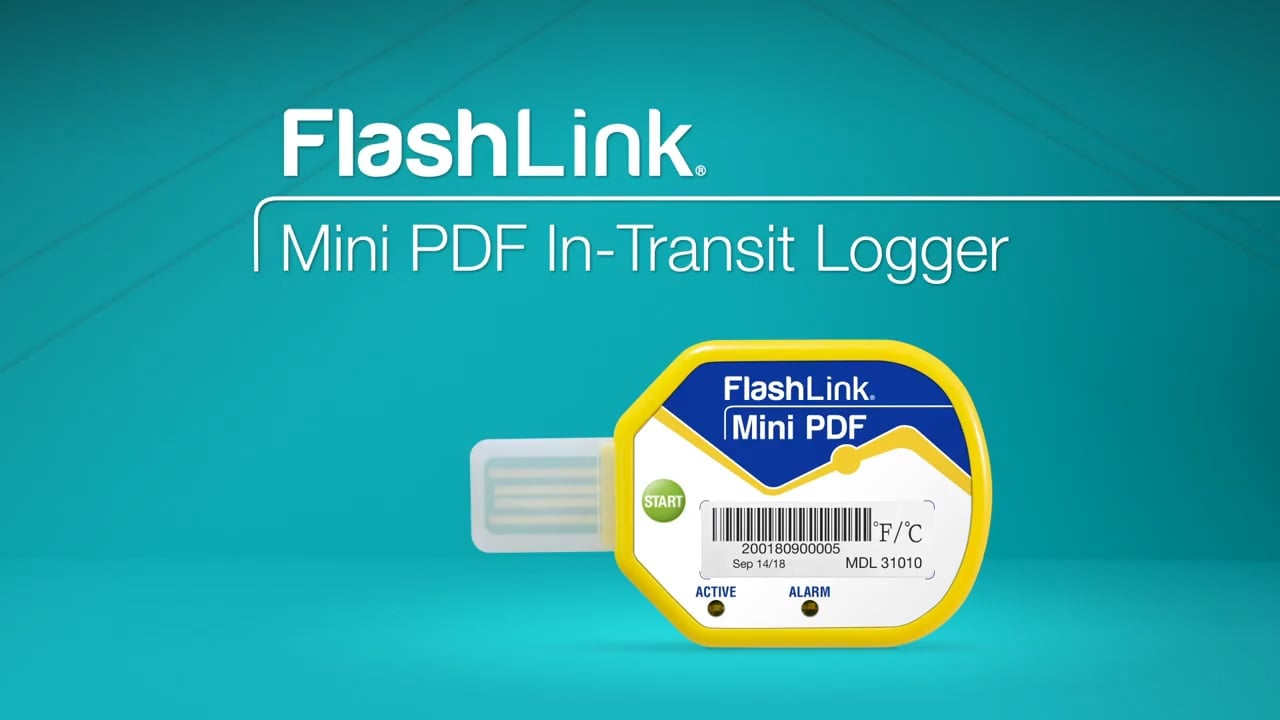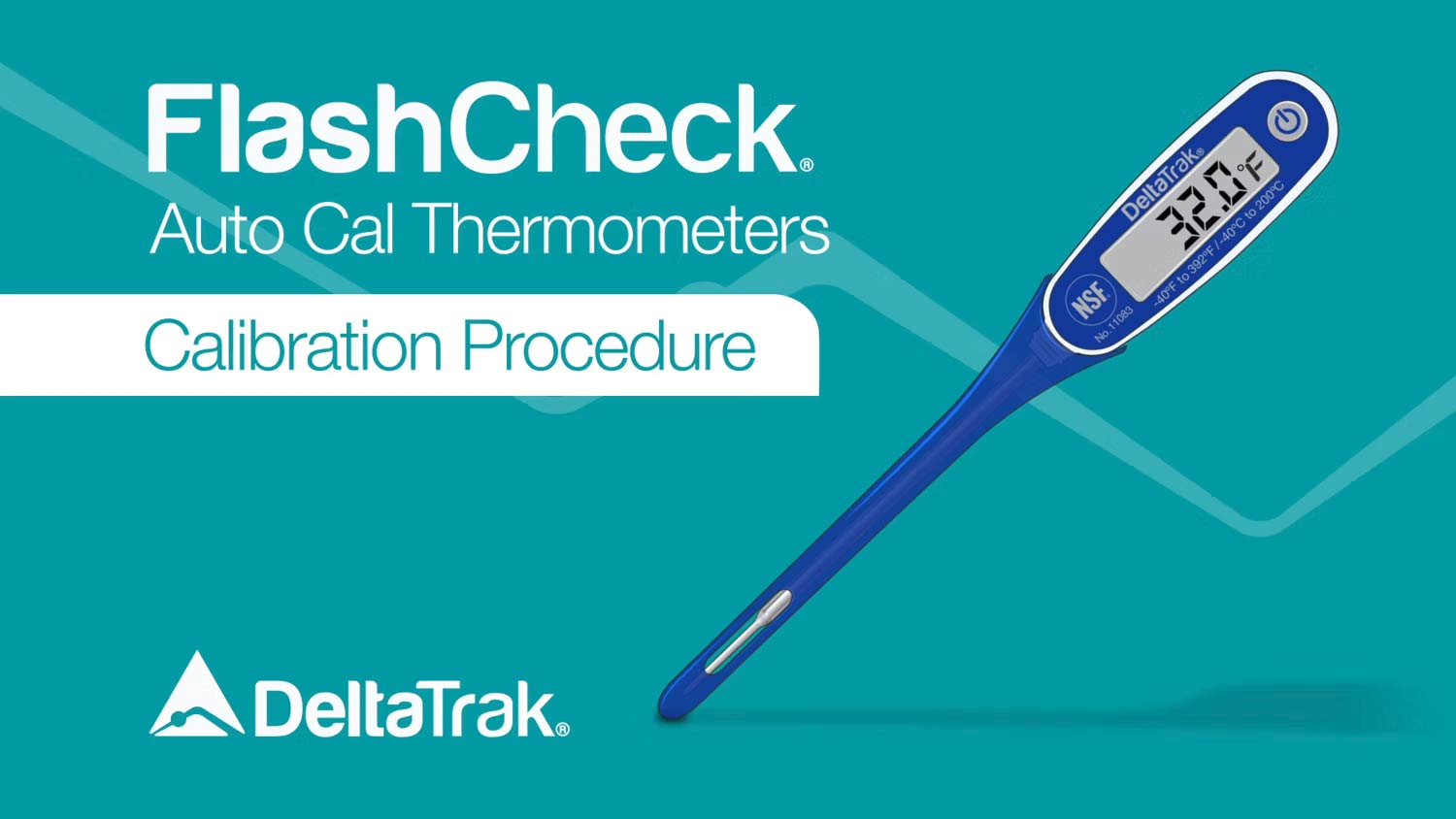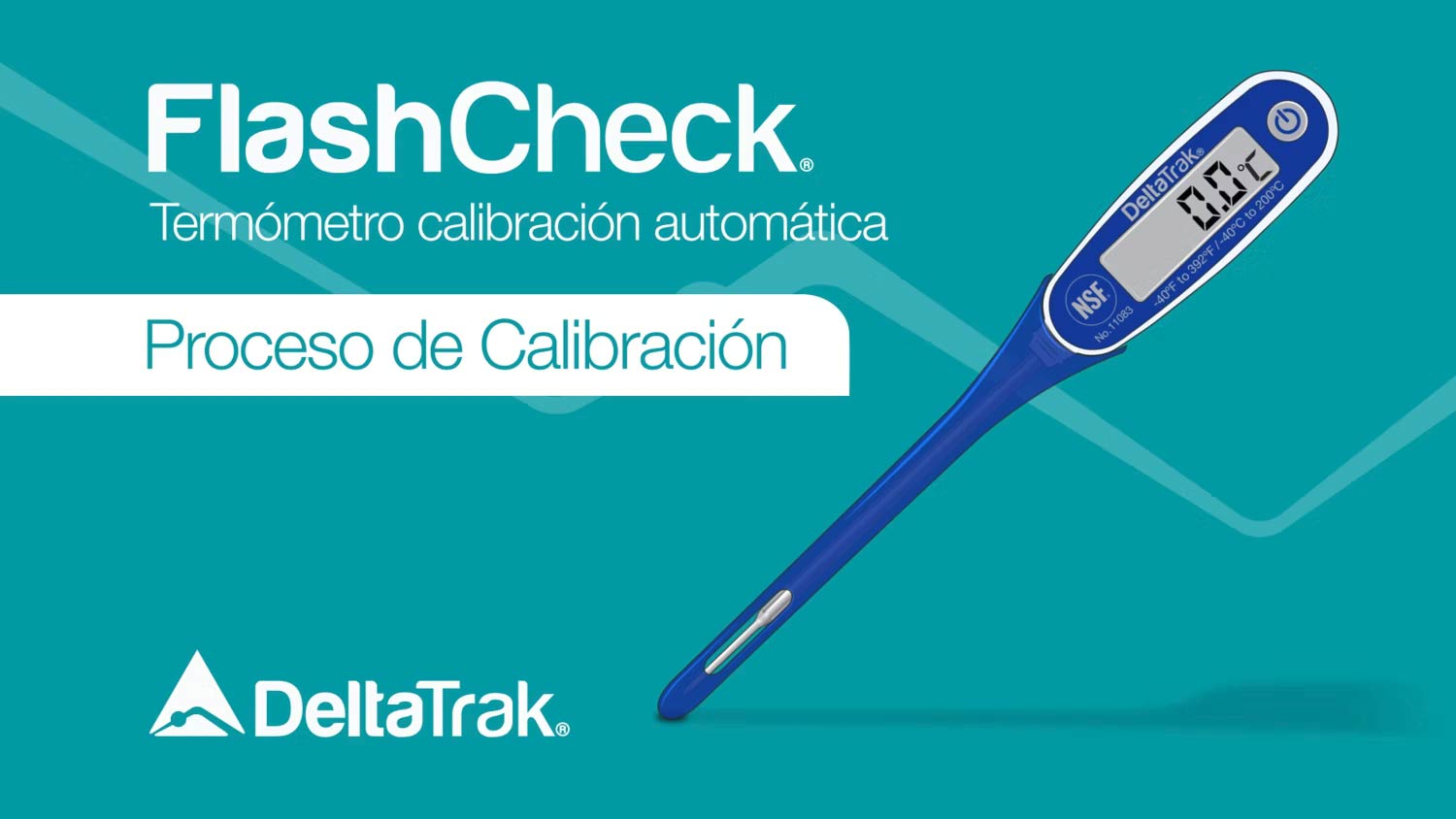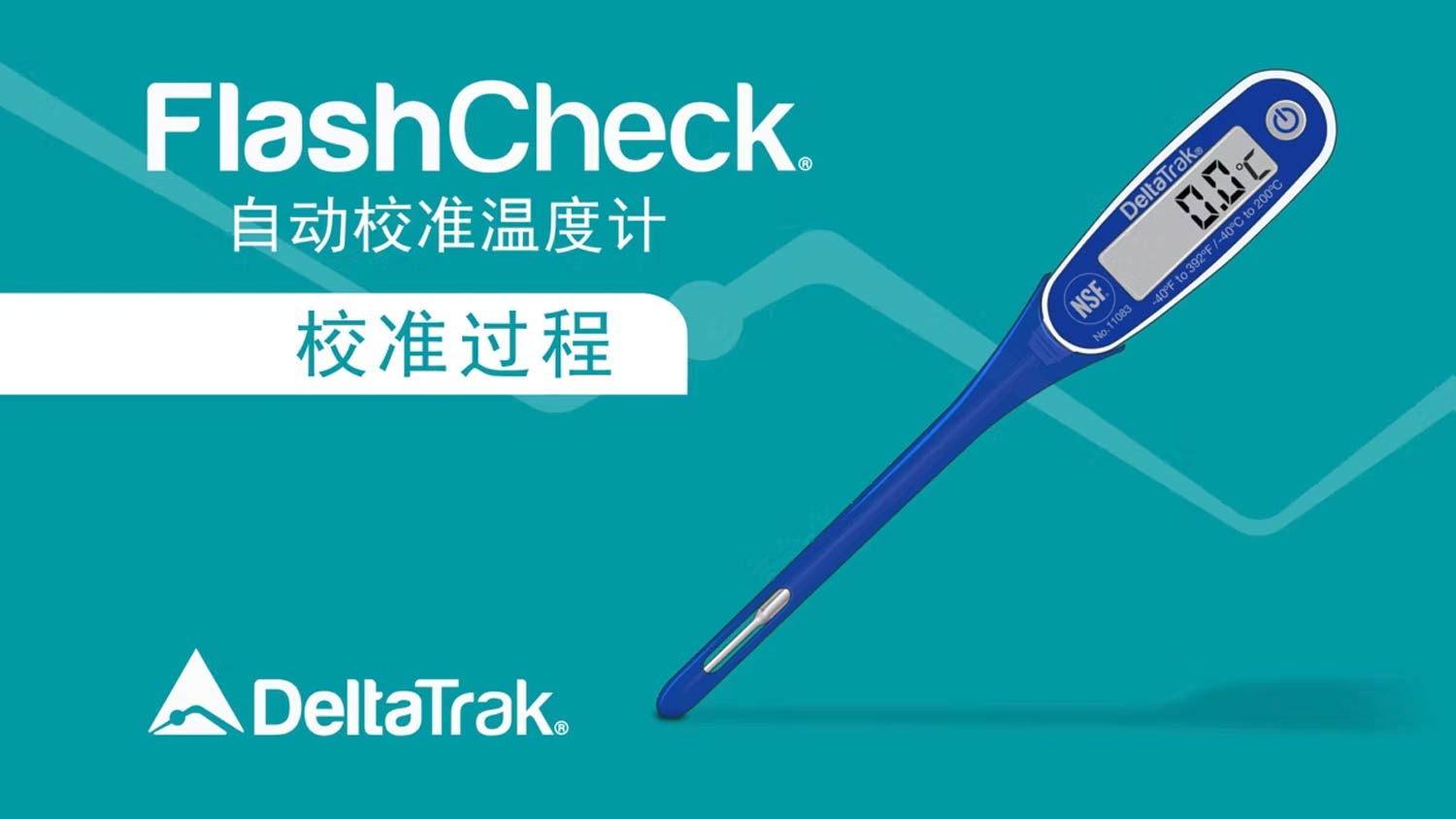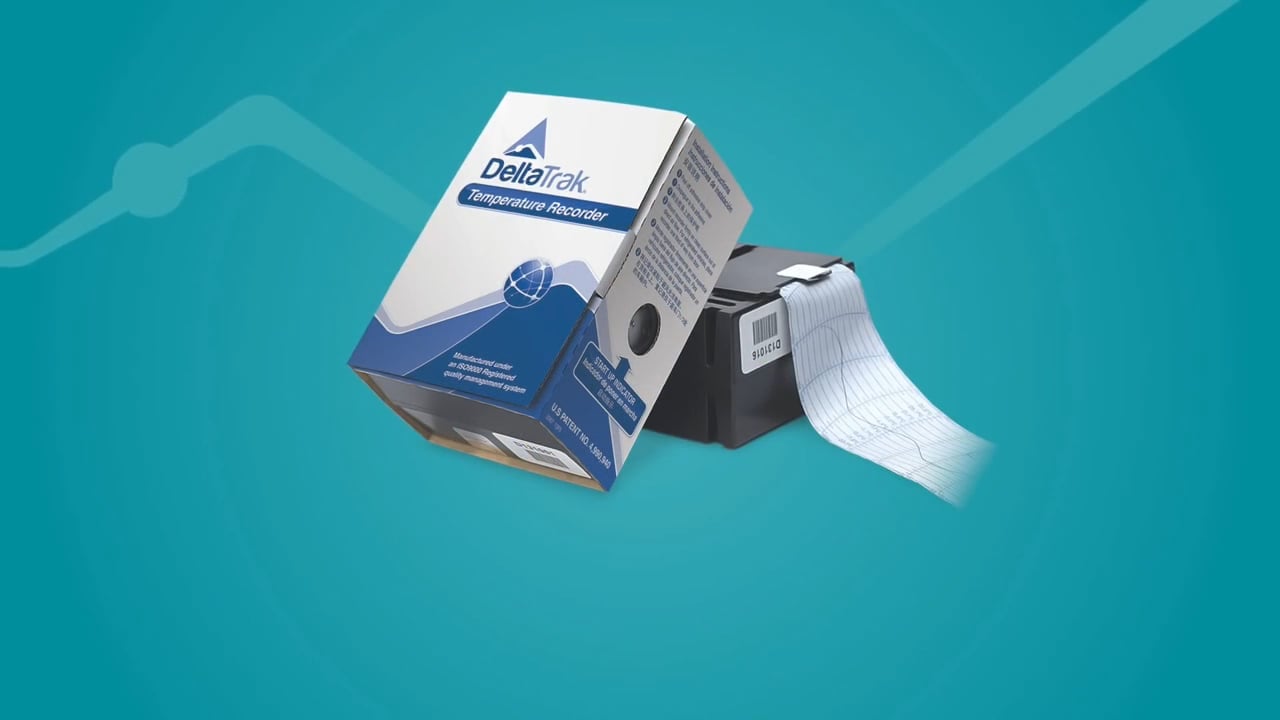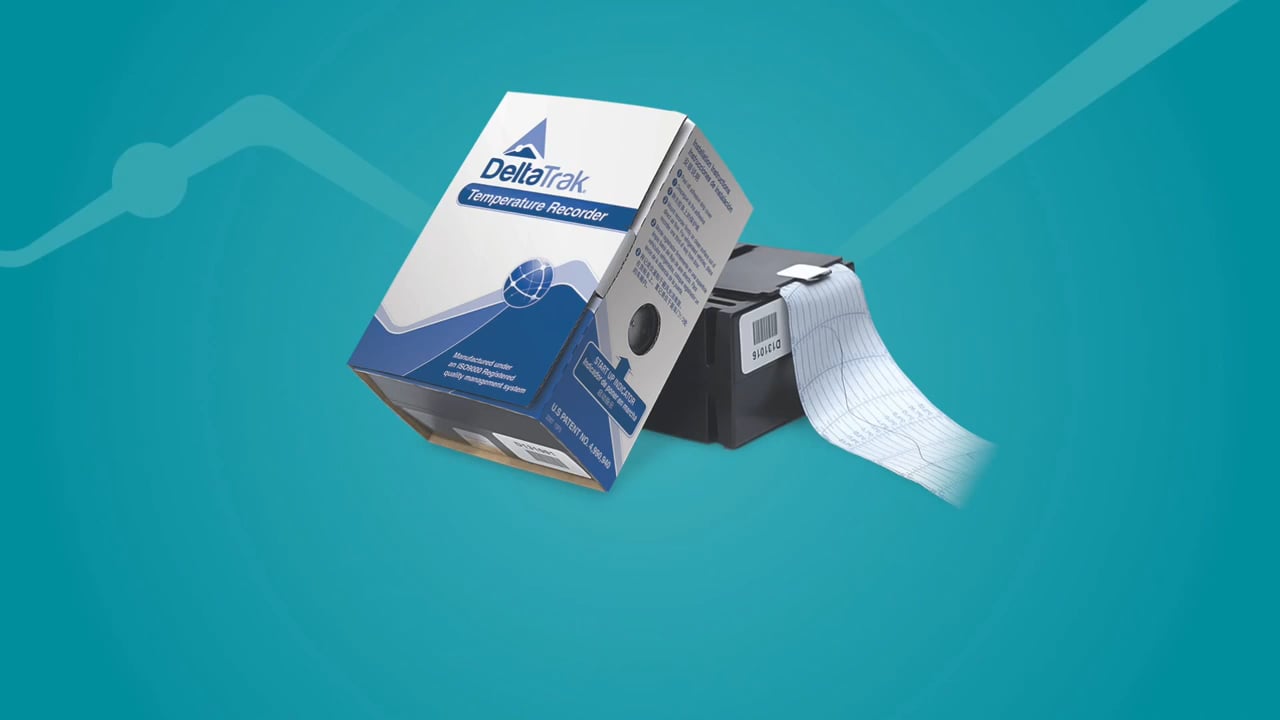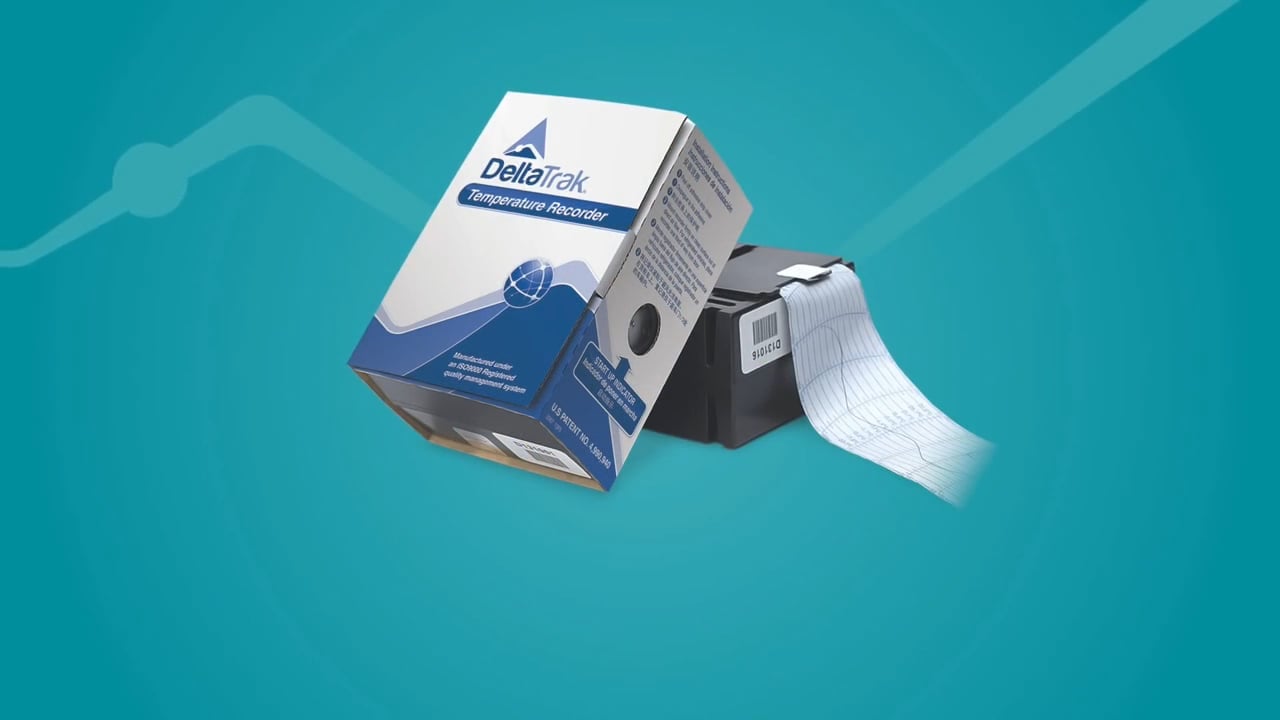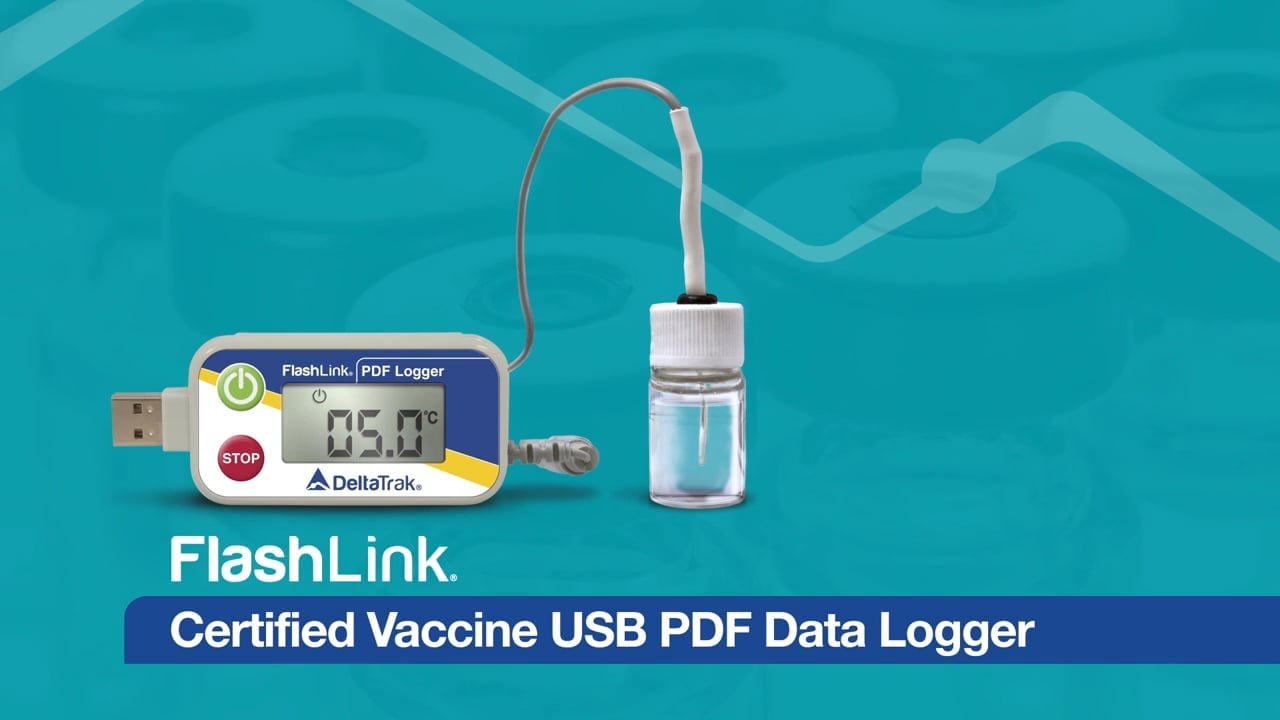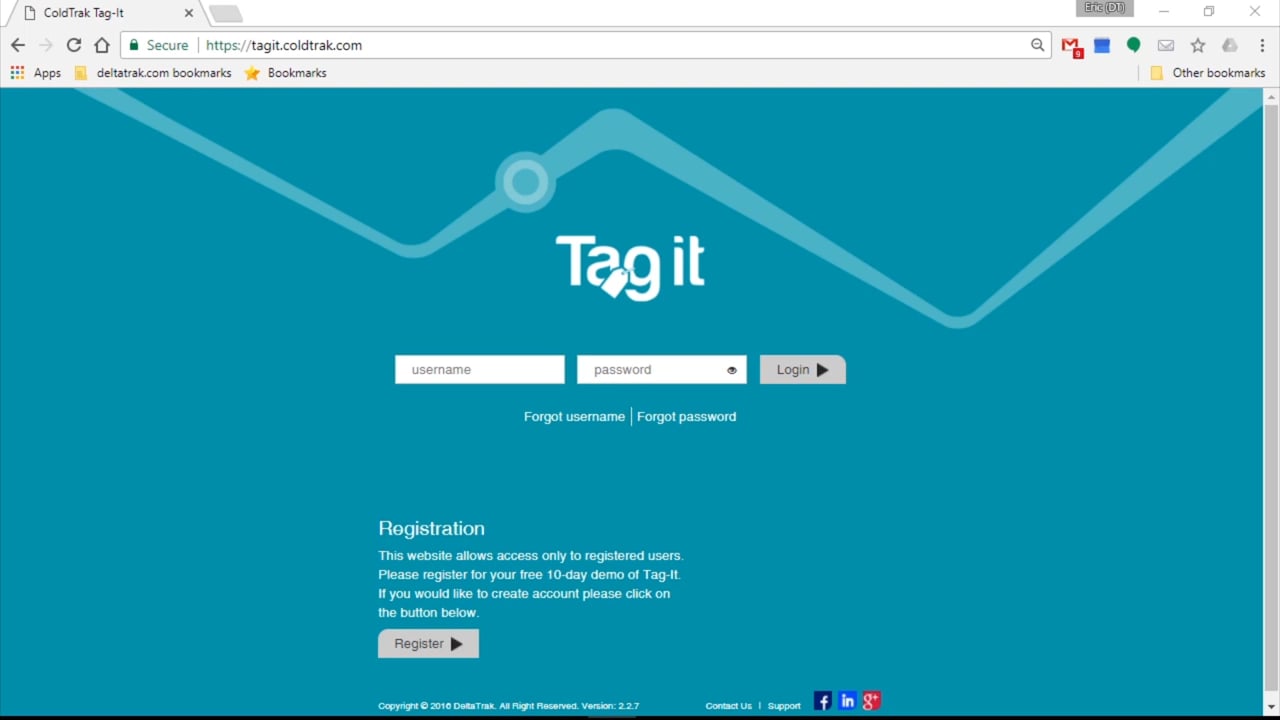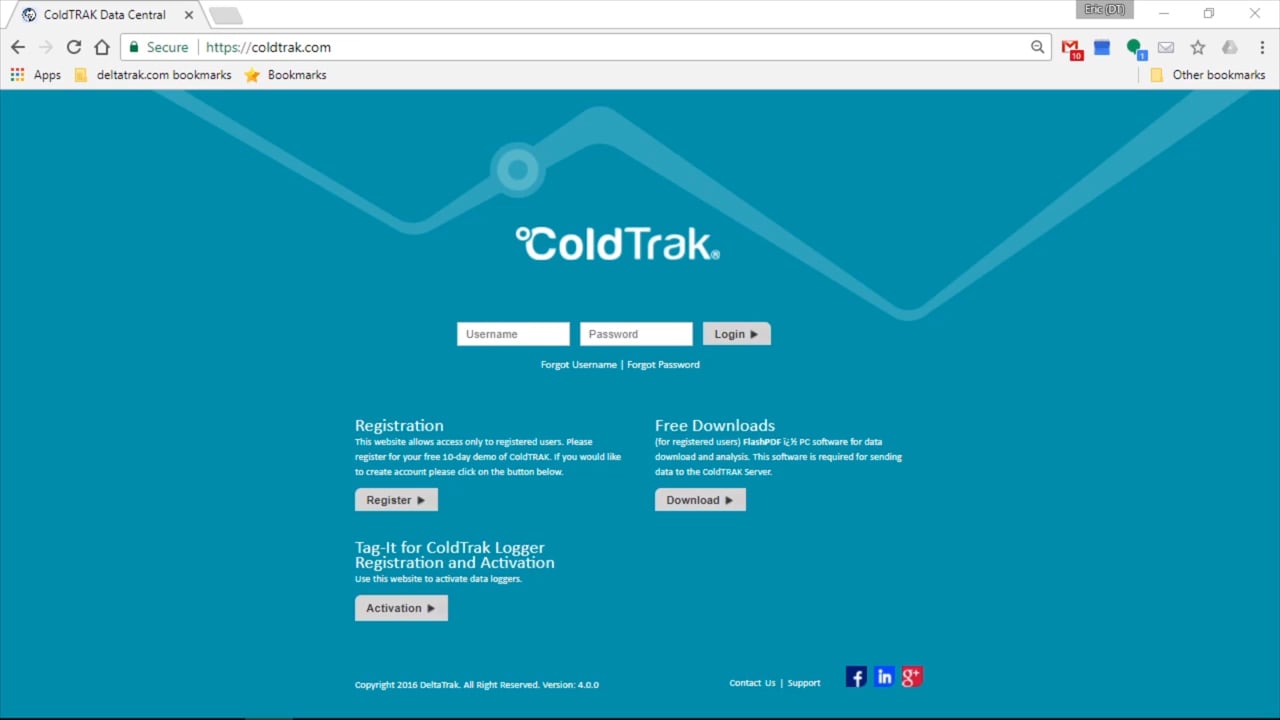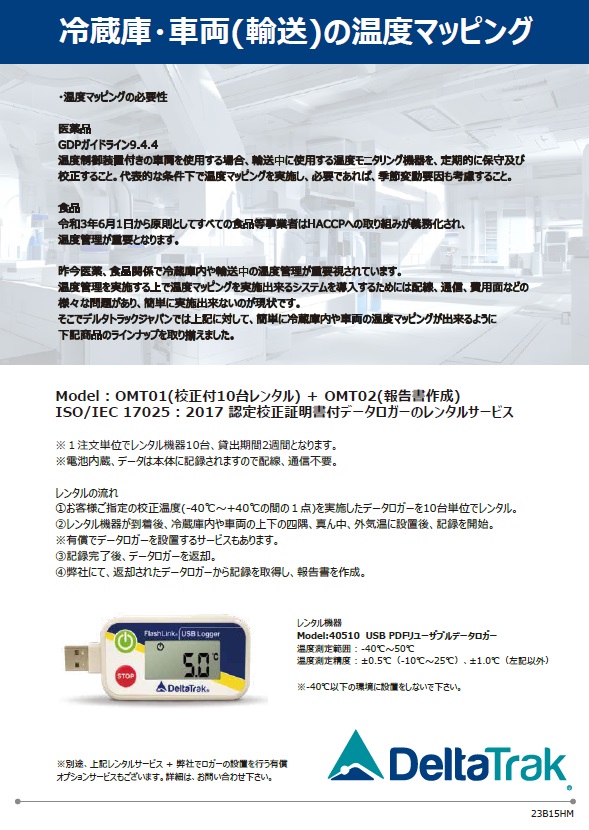DeltaTrak is committed to providing its customers with the knowledge and tools needed to improve their processes and remain competitive. DeltaTrak strives to continually build educational tools to increase the viewer’s expertise in a myriad of disciplines. From this page you can access multiple educational videos including product training, solution training, technology presentations, and more.
DeltaTrak strives to provide you with the highest quality products and services at the best value possible. A comprehensive range of value-added services is an integral part of every cold chain information management program. These services include needs assessments and program recommendations, full technical support, calibration and certification services to support insurance claims, data archiving, monthly reports summarizing trip data, and assistance with data analysis. We continually look for ways to maximize the benefits of every product and service that we offer so you have a comprehensive cold chain management solution.
Have you purchased a product from DeltaTrak and want to register it? For Warranty Registration, please click here
Have questions about our products or services? Find answers here
Need to download software or an upgrade? Click here
Read about our cold chain management solutions for companies like yours in one of our white papers or solution briefs.
See a term you don’t understand? Check our Glossary for definitions of commonly used terms in cold chain management.
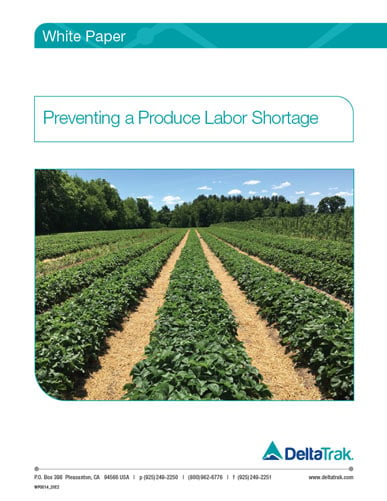 Download PDF
Download PDFOur food supply is typically very stable. Rain or shine, field and packinghouse workers harvest and process food for the American people. However, the COVID-19 pandemic has introduced a level of uncertainty which leads people to wonder what will happen if outbreaks of illness at many locations prevent workers from harvesting. If not addressed, lack of labor could affect planting and harvesting of the fresh fruits and vegetables we need for good health.
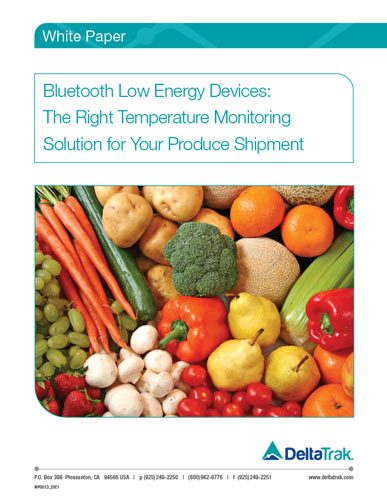 Download PDF
Download PDFIt’s a new year, but those in the food industry walk into it with an age-old problem – how to get food from point A to point B before it goes bad.
In the days prior to refrigeration and rapid transit, people were extremely limited in terms of the methods available to preserve food while moving it from one place to another. Of course, today, with the growth of commerce, the burden of keeping food fresh during transport is not only a public health issue, but a legal one.
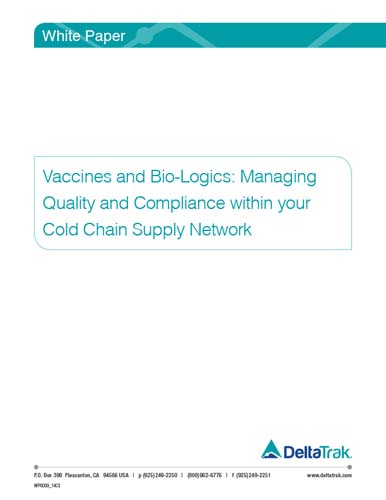 Download PDF
Download PDFOver forty years ago the 27th World Health Assembly resolved to build on the success of the smallpox eradication program and established the Expanded Program on Immunization (EPI) to ensure that all children, in all countries, benefited from life-saving vaccines. The newly launched EPI at that time recommended the use of vaccines to protect against six primary diseases: tuberculosis (BCG), diphtheria, tetanus, pertussis (DTP vaccine), measles and poliomyelitis. As time has gone on there have also been local programs introduced around the globe to prevent specific outbreaks of particular childhood maladies.
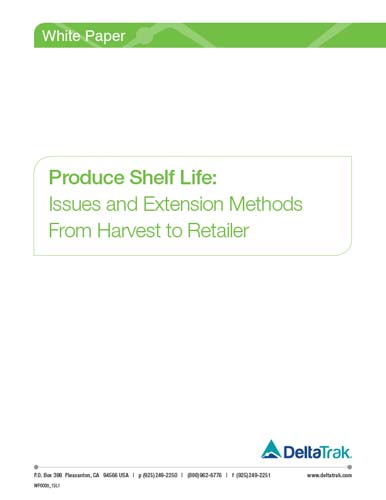 Download PDF
Download PDFProduce is a highly perishable commodity making shelf life a race against the clock for growers, processors and retailers. With national averages of produce shrinkage at 6%, according to the Produce Marketing Association, shelf life costs US retailers in excess of $2.1 billion per year. This paper will review factors that shorten and extend shelf life, and multiple methods to extend and measure produce shelf life as it pertains to produce processed from harvest to delivery to the retail facility.
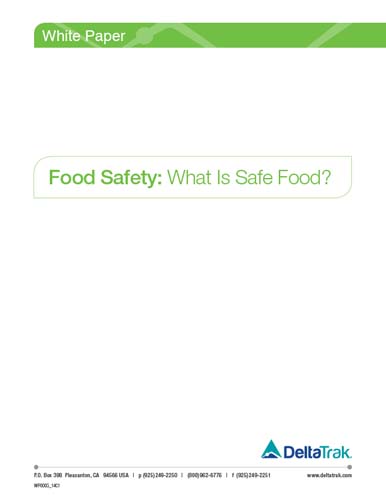 Download PDF
Download PDFSafe food is defined as food free of contamination with contamination occurring at any point in the growing, preparing, processing, storing, selling or serving of food. According to the Centre for Disease Control and Prevention, approximately 70% of all foodborne disease is due to viruses spread by direct or indirect contact with infected individuals. The CDC further states that 5,000 people die each year from tainted food, 325,000 are hospitalized and 76 million people become ill annually from food contamination.
